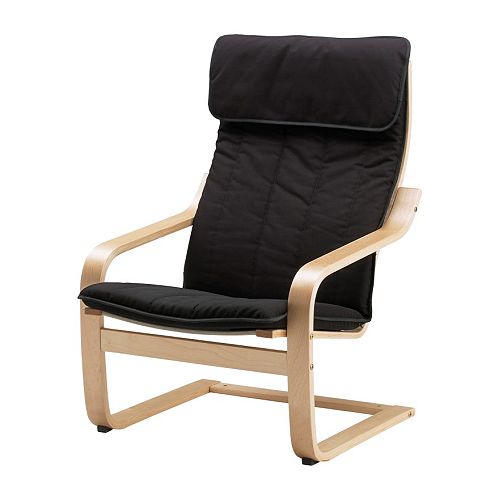
| Volume 33 #6 | May/June 2017 | |
 |
Greetings fellow dancers!
The 2017 Annual General Meeting of the RSCDS Southwest Washington State Branch is coming up on May 21st at 2:00pm at Columbia Dance Center, reminding us that the dancing season is winding down. I hope that you will join us at the meeting – become a member or renew your membership, and have a say in what we do and how we do it here in Southwest Washington. We have a vibrant Branch, with two of our members also on the Board of the RSCDS, and lots of teachers with lots of varied classes.
March and April went by so quickly, in a flurry of preparation for the Portland Ball and SWWS Dinner Dance. And enjoying those events with our fellow dancers – the ones we see every week, and those from a distance that we only get to see occasionally – is such a delight! The sparkle and glow from such events can stick with you for weeks. I’m still smiling.
Most of our classes will wind down sometime in June. We will try to keep the website up to date with class ending dates, but your teachers will also let you know. Isn't it ironic that you have to attend class to find out when not to come? There ARE dancing opportunities in the summer, however. More often than not, several demonstrations are requested during the summer. Be sure to check your email and when a request for dancers is made, do sign up. The teachers will choose demonstration dances that suit the level of the dancers, and it’s great to build camaraderie with dancers from other classes.
The Annual Picnic will be held on Saturday, July 8th at the Shaw’s house. It’s a potluck affair, with outdoor games, and believe it or not, dancing! The flyer should be out before too long.
The Portland Highland Games is the 3rd Saturday in July, and I’m sure we’ll need dancers for that, so stay tuned. We usually get several free tickets for participating dancers.
If you simply cannot bear the thought of not doing a lot of dancing for two whole months, well, you could practice at home. Skip change up and down the hall, pas de basque in front of the full length mirror – try to avoid the stairs. Or if you want a week of total immersion, remember that the TAC Summer School will be held in Vancouver, BC this summer. A week of classes, dances, enjoying the company of other dancers, and ah, the music!
And before you know it, we’ll be preparing for the Seattle Branch’s weekend workshop at Fort Worden. This is a fine weekend of dancing in early September that sort of kicks off the new dance season. You can find out more about the weekend at the Seattle Branch website. There are usually several dancers from our area who make it an annual event, so carpools are often available.
That’s all for now. Remember to come to the AGM on May 21st. This will probably be a short meeting with dancing after the meeting, and if you’re good, maybe even ice cream after the dancing!
See you there,
Linda Mae
A Brief History of a Famous Scottish Dance Fiddler, Composer, and Dance Teacher – James Scott Skinner
James Scott Skinner (JSS for short) is well known to musicians who play for Scottish dancing. His tunes are well known to dancers too, although they may not realize it! Self-proclaimed the “Strathspey King,” he composed over 600 tunes.
JSS was born in 1843 in the village of Banchory, on Deeside, which is located about 18 miles west (and a bit south) of Aberdeen, in northeast Scotland.
JSS came from a musical background. His father, William played the fiddle and was also a dancer. However, JSS didn’t really know his father as William died when JSS was 18 months old. William’s main occupation was as a gardener but unfortunately, he had an accident with a gun and lost three fingers on his left hand. Not to be deterred, William retaught himself to play by now bowing with the left hand (usually a fiddler bows with the right hand). This was possible as a friend helped him to transpose his fiddle for left hand playing. Since gardening was now not possible, William became an itinerant dancing master and fiddler.
When JSS was six years old, his brother Sandy began to teach him to play the fiddle and the cello by ear. When JSS was about eight or nine years old, he started playing gigs with Sandy at weddings, barn dances, and parties, often walking miles to the locations and back home again.
He also played with another well-known fiddler and composer of the times, Peter Milne. At the age of nine, JSS moved to Aberdeen and lived with a married sister while attending school. His brother Sandy meanwhile began teaching dancing in Aberdeen. After turning 12 (in 1855), JSS left Aberdeen under a six-year apprenticeship with “Dr. Mark’s Little Men,” a group of 40 boy musicians led by Dr. Mark. With this entourage, JSS toured Scotland, England, Ireland and Wales. During this period, he learned classical violin techniques under the tutelage of a French violinist.
In 1861, just shy of his six-year commitment, he left Dr. Mark’s group and returned to Aberdeen. He sought out a dancing master to teach him dancing, including the ballroom dances of quadrilles and polkas as well as Highland dances like the sword dance and Highland Fling. By 1861, he was able to make his living as a teacher of dancing and deportment. He periodically undertook performance and teaching tours with various different combinations of teachers and music and voice performers. As his own son, Manson, grew older, he joined JSS on these tours as a dancer. JSS even toured the U.S. at one point!
JSS began composing music at an early age and his first publication came at the age of 17. It was a polka, which was a relatively new form of dance at the time, and very popular. Just a few of his well-known tunes include: Bonnie Lass o’ Bon Accord, The Cradle Song, The Laird o’ Drumblair, Our Highland Queen (used for the dance, Royal Wedding and recorded by Susan Worland Bentley and Andy Imbrie), The Music of Spey (used when we dance Miss Gibson’s Strathspey) and Hector the Hero. Almost every Scottish dance CD recording I own has at least one tune on it that was composed by JSS, and I have a fair number of recordings!
JSS lived long enough to see the era of sound recording begin, dying at age 84 in 1927. He is buried in Aberdeen. One can actually hear him playing on YouTube. The sound is scratchy
(recorded originally on rolls of coated paper or on a cylinder or disc coated with wax or a soft metal), so the sound and speed may not be the same as how he actually played, but it’s still
plenty interesting. Here’s the link:
https://www.youtube.com/watch?v=MxT42wgynqI&index=5&list=PLYiZlvnNd9xqNisRaODfwDNrs_f9YztQr
To hear a talented fiddler playing a set of three JSS tunes, check out this link: http://musicvideoswiz.com/artist/James%20Scott%20Skinner
On Wednesday, Apr. 26th, new and long-term dancers came to Vancouver’s Oak/Elm rooms at Marshall Center to celebrate over 36 years of dancing. It was the last class at Marshall Center due to a raise in rates.
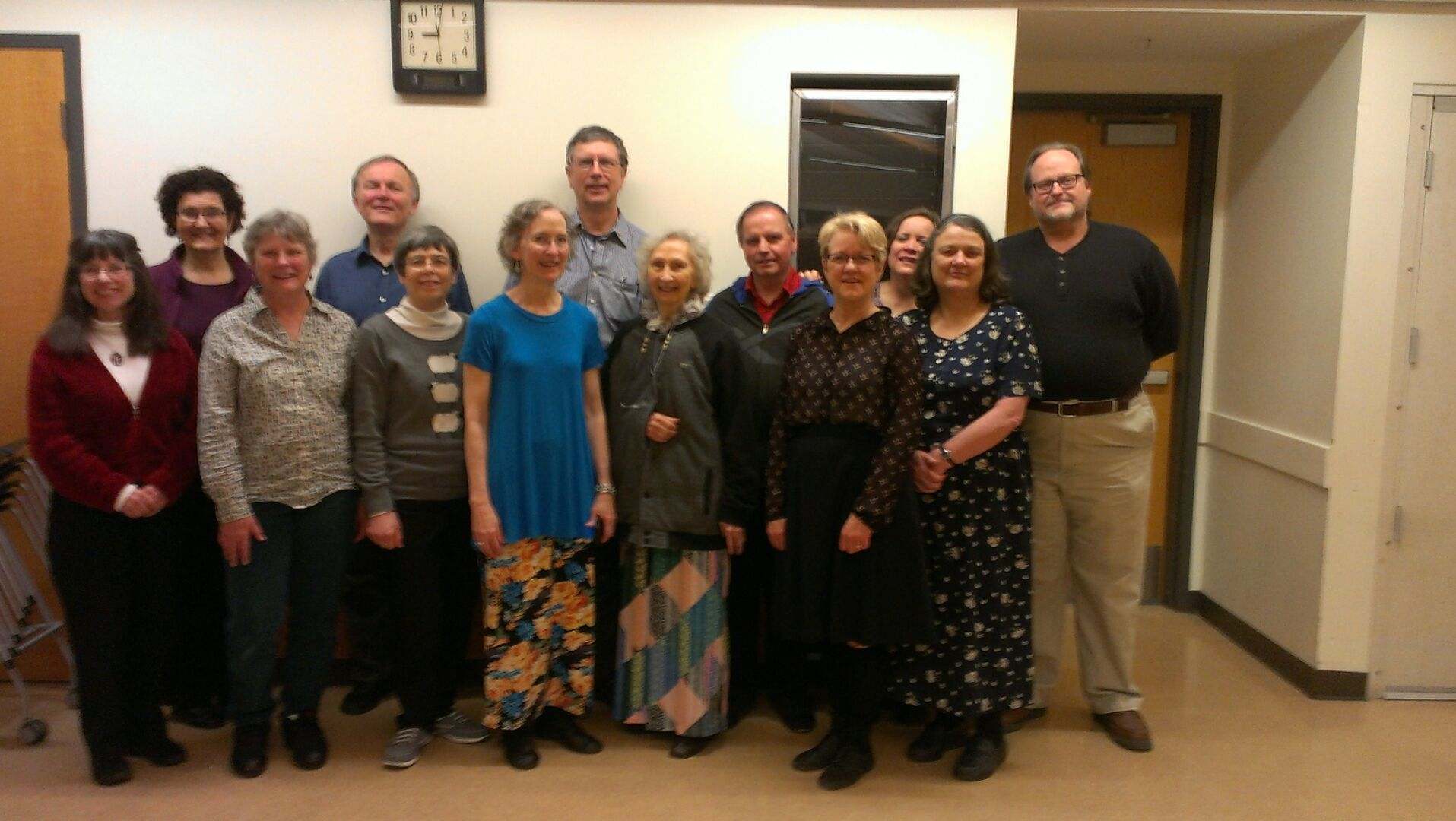 |
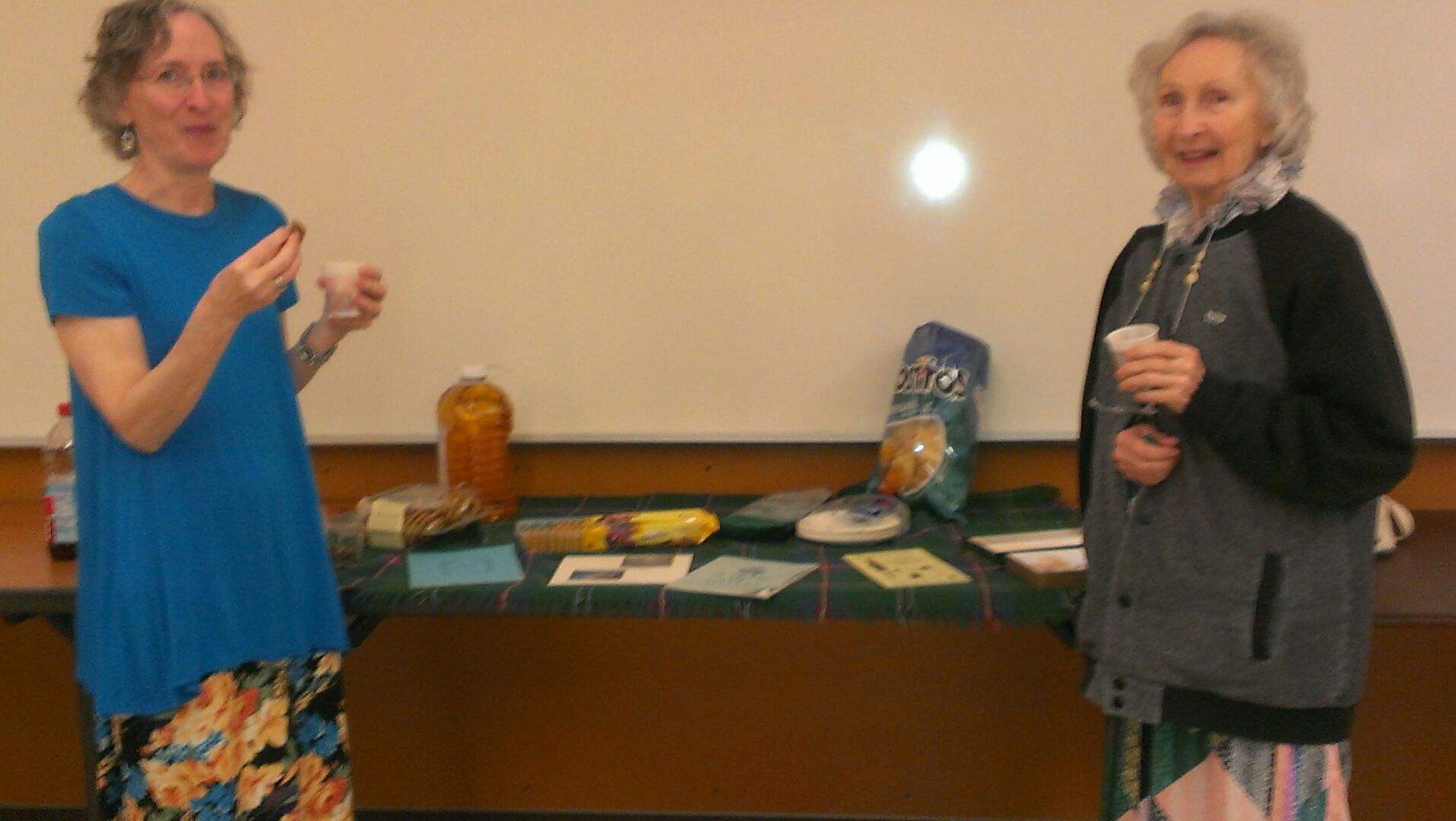 |
Many who came had learned to love Scottish Country Dancing at the Marshall Center before moving out into other venues. That night Geri taught couples-facing-couples dances: The Welcome Reel from Let’s All Dance, and The Doonhammer Delight from Book 50, a newer dance. She also taught some dances devised by local dancers over the years: Chopped Nuts and Chocolate Swirls by Van Meter Hord, and Westward Ho by Susan Saul.
Our original teacher, Marge Van Nus, was on hand. She started teaching at the Marshall Center in 1981 and is credited with spreading Scottish Country Dancing throughout southwest Washington. A special treat was to have her son Stuart and his wife join in the first dance. (They helped take the group photo you see here.) We had a good visit, with goodies to share and a display of four printed dance books: One assembled by the Kelso Scottish Country Dancers in 1988 and three by Vancouver USA Scottish Country Dancers in 2005, 2009, and 2010. Another legacy of this group is the Washington State Tartan, which was officially accepted by the state legislature in time for Washington State’s centennial.
I was recently asked by the editor about insider detail on “the methods and principles you, as our fearless leader, prepare a program for an event.”
Here is a brief outline of my process:
After receiving a performance request, the first thing I do is to send out an "all call" email, to see if enough people sign up to be able to accept the gig.
When I see who signs up, I choose dances to fit the abilities of the dancers. Even if all the dancers who sign up are experienced, I always include some easier dances so that the audience will say "I could do that!" I choose music that I find engaging.
If possible, I check out the venue to see what to expect for logistics.
It is important to me that my dancers feel well-prepared, so I send out the program ahead of time and have at least one rehearsal close to the time of the performance. There are always some last minute changes that show up at rehearsals.
I pay attention to partner pairings (e.g. less experienced dancers paired with more experienced dancers), and where I place dancers within the set (e.g. fewer "role changes" for less experienced dancers), and which dances work best for dancers with physical challenges.
Dancers arrive at the venue early enough to walk through the dances one last time before the performance (if possible, in the same physical orientation as the set will be during the performance). My kit includes spare sashes and brooches and safety pins.
The performance itself is a balance between my interfacing with venue staff, being the MC, running the music, and managing the dancers. An offstage clipboard with the program (dance cribs and diagrams, special instructions for changes to dances, partnering, etc.) helps the dancers get themselves where they need to be.
Our dancers are masters at staying flexible to deal with inevitable surprises, helping each other out both on and off stage, demonstrating the delights of Scottish Country Dance to our audience, and encouraging audience members onto their feet if there is audience participation. Performances are a fun opportunity for us dancers to do what we love to do.
St Patrick's day is a day where anyone who has any Celtic connection whatsoever is busy playing music or in our case, performing dance demonstrations as faux Irish, at least for a day.
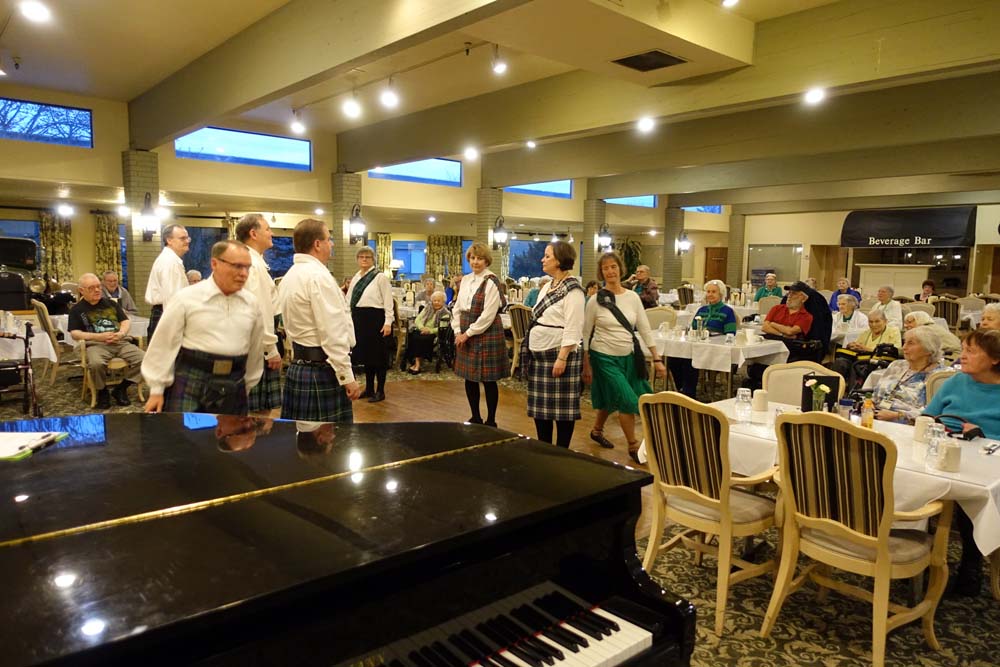 |
Historically, we tend to do dance demonstrations either at retirement homes or venues like pubs or social clubs and the like. As such, a demonstration at a retirement home is aimed primarily at entertainment and education while a demonstration at a social club or pub or similar venue has a secondary goal of attracting participation and if possible, recruiting new dancers.
The first demonstration the day of was at the Cascade Inn in Vancouver. This is a retirement home with a variety of people living in the facility with various abilities and disabilities. These folks are full of memories and often are either bored or sad. After a demonstration, very often conversations and other interactions happen. Many are interested in our clothing and some have had other kinds of dance experiences. I encountered several who asked questions and I gave them as much information and history as appropriate to their queries.
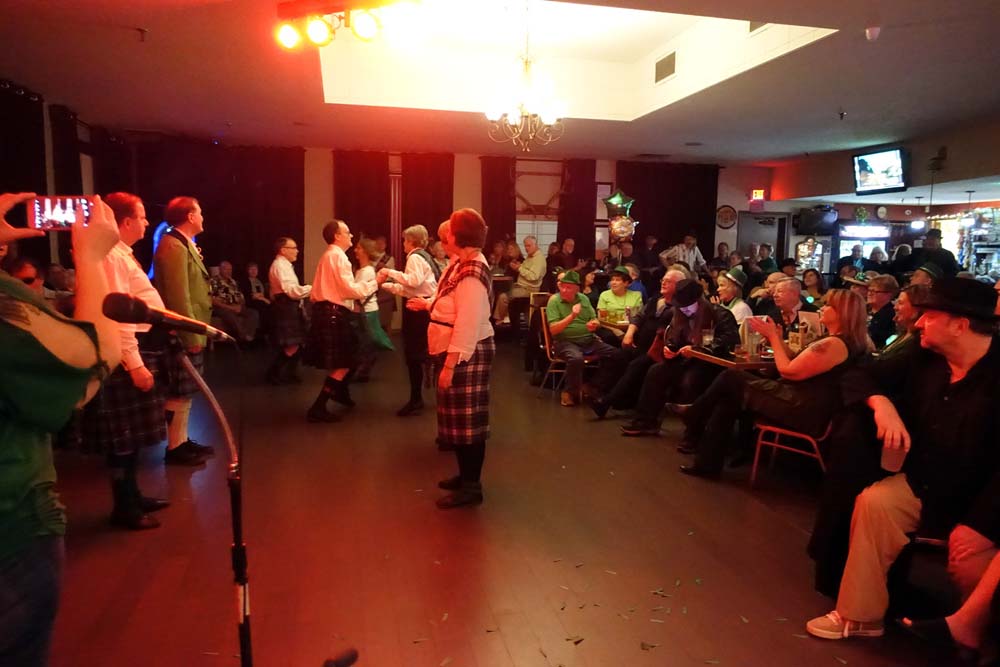 |
One 'young lady' in particular had spent much of her adult years dancing but arthritis and spinal issues had reduced her to making her way using a walker. She was very thankful to be reminded of better memories and was blessed by the personal contact she received from us.
The second demonstration that day was held at an Elks Lodge nearby. We were part of other entertainments given for St. Patrick's Day. The crowd appeared to be on the surface less thoughtful but that was somewhat of an illusion. During a lull in activities, I had a conversation with an attendee, a local business owner, who wanted to know about my kilt and the history of it. He asked several thoughtful follow up questions which I did my best to answer accurately.
After the main part of our demonstration, we organized an audience participation dance as these folks were physically more able. If memory correctly serves, we only had time to take the crowd through Loon Mountain Reel but many participated enthusiastically.
It can be argued that these kinds of events don't have much value as they aren't successful recruiting events. However, I think that there is intrinsic value interacting with the public and bringing some joy and knowledge outside of the garbage that comes through television. Therefore, Eunice and I will continue to participate as long as we are able.
This article is a report of a video I watched of a presentation by Bruce Hamilton at the 2009 Kaleidoscope Scottish Country Dance conference, titled, "A Novel Approach to Dealing with Mistakes."
When someone makes a mental-slip mistake while dancing, the teacher often stops the music to correct the mistake. The dancer who made the mistake gets the message that correcting the mistake has a higher priority than the rest of the teacher's lesson plan, sufficient to cause everyone to stop dancing and stand.
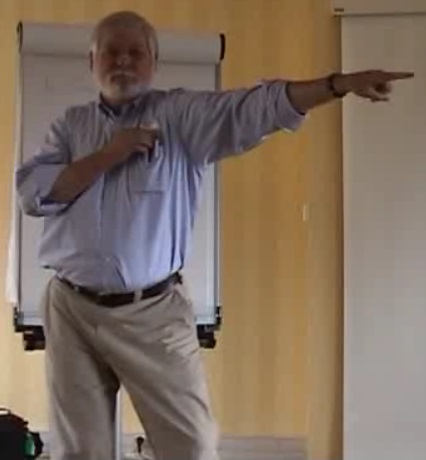 |
From class to class, teacher to teacher, the message is, "Mistakes are really bad." The beginning dancer concludes: "I'm awkward. I can't do this stuff. It's not fun. I think I'll do something else." Or the dancer will keep coming but will dance timidly.
From the teacher's point of view, we want people to dance correctly. The teacher can compromise on the number and size of mistakes to correct. But the teacher can also become tentative in their teaching and become afraid of making mistakes with their students.
One approach is to set the expectation that mistakes will happen and focus on training to recover. For example, a beginning cross-country ski lesson instructor tells skiers, "Lie down in the snow. When you find yourself here, here's how you get up." Accept that mistakes are part of the fabric, and believe it. You can then think creatively and trust your actions. Making a lot of mistakes is part of Scottish Country Dancing. It's nothing to get excited about.
When you make a mistake:
1. Say "Darn!" (or your favorite one-syllable word) to yourself to stop yourself from thinking about what went wrong.
The brain wants to go into the past, but needs to look into the future.
2. Think, if I had done this properly, where would I be?
Many figures finish where they started, so we will often be okay if we don't do anything.
3. Go there and wait for the music to come around and join in.
Bruce spends a lot of time teaching this method. For example, part of teaching a new figure is: if this breaks, where will you go? This training conveys the message that the recovery is important, not the mistake. After dancers begin to acquire the recovery skill, Bruce begins to grade their recovery. If it's seamless and instantaneous, he shouts, "Gold star!" while pointing with a smile. If you recover within four bars, silver star. If you recover within eight bars, bronze star. If dancers keep wandering around, they hear the raspberry or some similar nonverbal communication. Dancers laugh and are relaxed when recovery is criticized, compared with becoming nervous when mistakes are criticized.
The results that Bruce has observed are:
* He sees a lot more open faces. People take a new figure and dive in, moving boldly with faces outward instead of inward.
* Dancers learn a useful skill, they know it and feel they are growing and want to come back.
* This only works with beginners. Once you learn mistakes are bad, it takes years to unlearn.
Once you learn to move tentatively, it can take years to unlearn the muscle memory.
* It is challenging to teach this way. As the teacher gets better at believing that mistakes are okay,
the students get better at acting like mistakes are okay.
This procedure is for mistakes that are mental slips. A related paper discusses mental slips and also a parallel procedure to deal with inaccurate or incomplete understanding. Bruce loves to chat about this if you're interested. You can write to him at , please note no 'n'.
We can view a video of the presentation at
https://video.strathspey.org/w/gDstEZ6Ea9WpP9hkz5ywrk
We can read the related paper at
http://www.rscds-swws.org/news/kscope1/mistakes-hamilton.htm
Bruce's recovery training procedure is consistent with the "growth mindset", compared with the "fixed mindset" that is a significant reason why over 95 percent of the public does no dancing of any kind. More will be revealed about these mindsets in a future article.
I have had the pleasure to generate each dance program poster for Branch dances since 2000. Each worksheet of an Excel file workbook displays a dance poster. We can access the file at:
http://www.rscds-swws.org/doc/ScdDancePrograms.xls
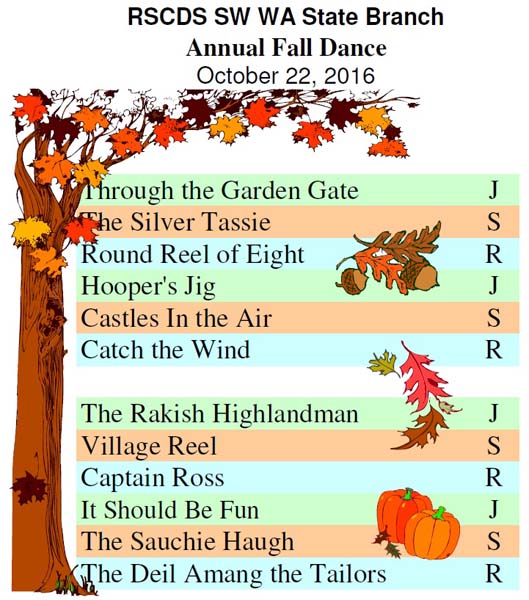 |
Each dance program has a theme that is selected by the dance chair. The poster contains artwork that appeared in the related flyer. Each dance has a color-coded background to indicate the type as Jig, Strathspey, Reel. We observe that dance programs have strictly adhered to the J-S-R sequence.
The Branch puts on two major dances with live music per membership year: Fall dance in October and Dinner Dance in April or May. The informal Betwixt and Between dance and ceilidh in December with recorded music also has a program of easy dances but usually does not have a poster.
The April 17, 2010 Annual Dinner Dance was the 25th for the former Vancouver USA Scottish Country Dancers and also was the first for the RSCDS Southwest Washington State Branch, founded in 2008. The revised numbering has continued through this year's 8th Annual Dinner Dance.
The Vancouver USA SCD group used to hold three major dances annually until 2006: Fall Dance in October, Dinner Dance in February, and Spring Dance in April or May. The Spring Dance and Dinner Dance were combined beginning in 2007. I have an idea for a "Groundhog Day" theme if we ever have a dance in February.
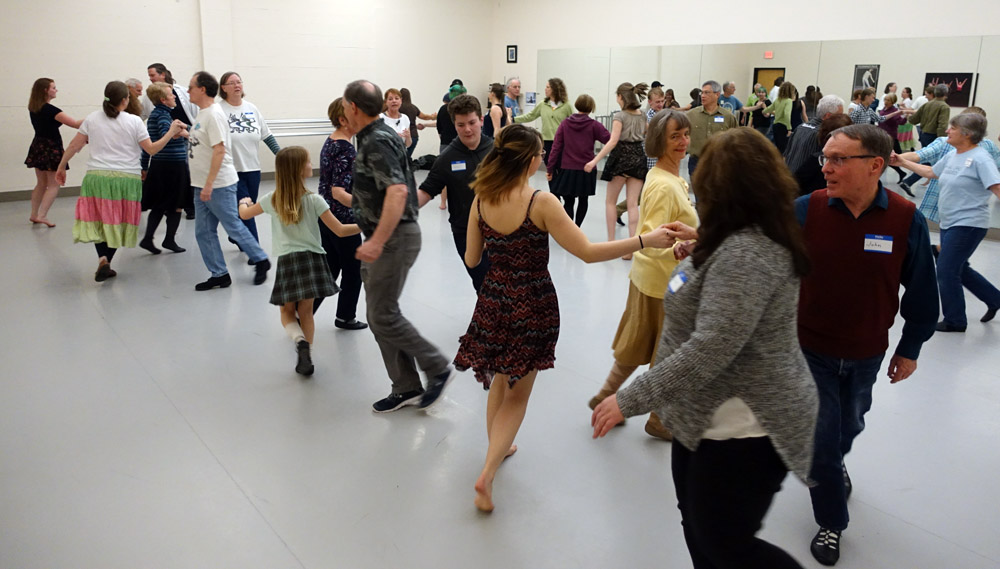 |
Twenty students and parents from the Battle Ground High School Drama Club joined sixteen Scottish dancers for an energetic evening of introductory Scottish dance at Linda Mae's March 24th class. The club is preparing to travel to Edinburgh Scotland in August to perform their play titled "Almost, Maine" at the American High School Theatre Festival. They received donations at the class totaling $400 as they neared their goal of $100,000 in order to support travel for eighteen students.
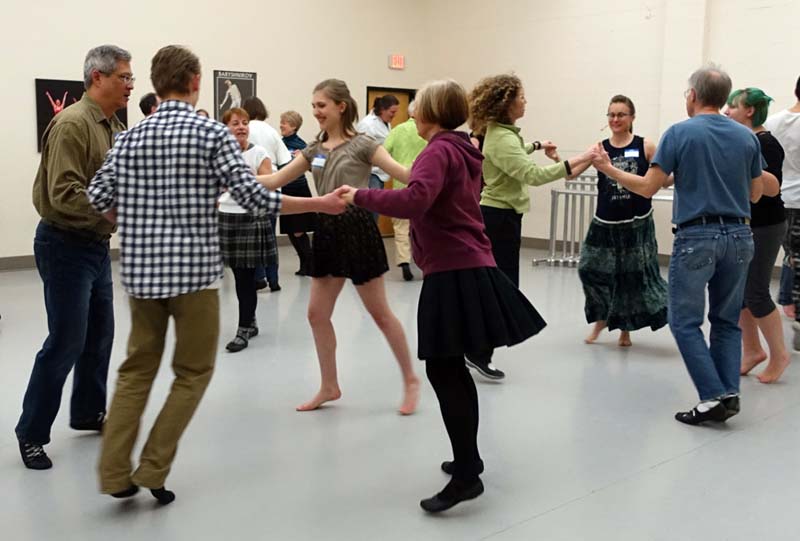 |
The play explores love and loss in nine vignettes, all set in the small town of Almost, Maine, as pairs of characters fall in and out of love in the strangest ways. Several Scottish dancers and friends had
viewed the play during its February run.
An actor and the stage manager noted the play provides many leading roles for the cast, compared with typical plays.
Performing Arts faculty leader and director Cash Henry arranged the visit to the Scottish dance class. Everyone quickly learned the dance figures. Perhaps the actors' skill memorizing their lines transfers
well to learning dancing?
Calendar of Events | |||||
|
|